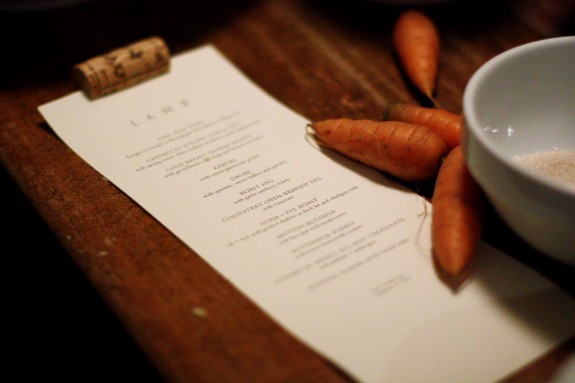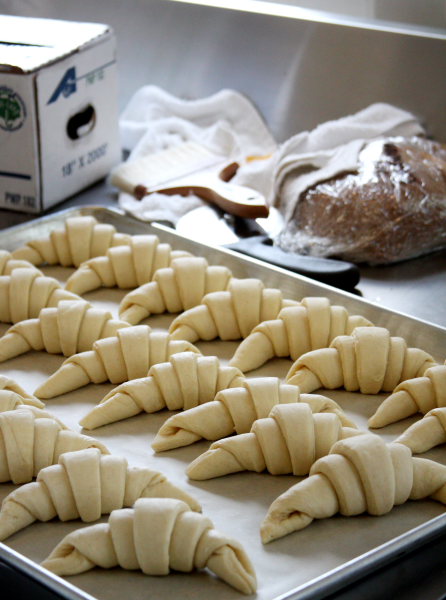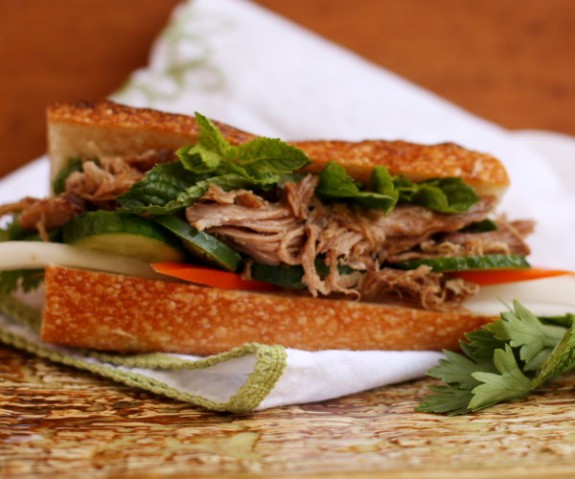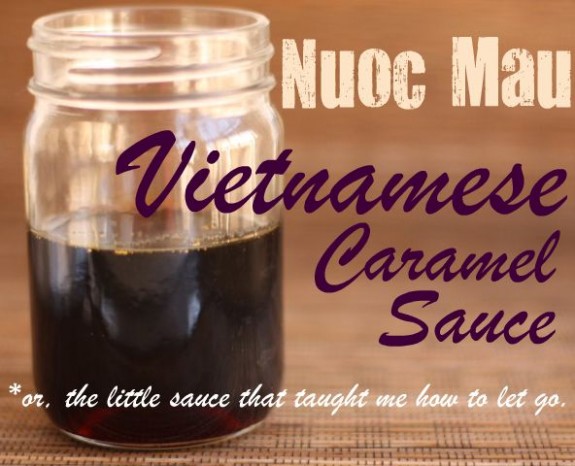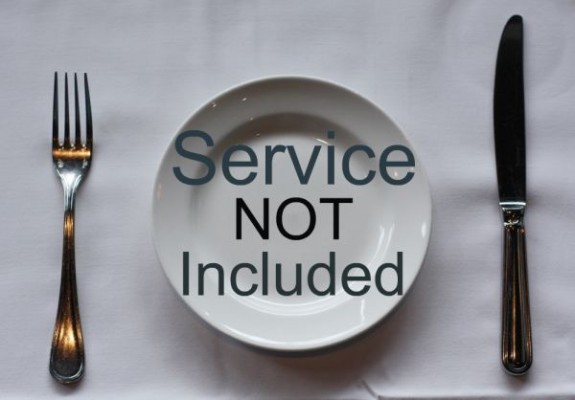
When you move to Los Angeles from small town USA, the culture shock is great. The weather, the cultural diversity, the dominance of the entertainment industry, and the abundance of revealing clothes is all quite astonishing. What’s more, if you want to know anything about food and are curious by nature, every day in Los Angeles can be an opportunity to move outside of your culinary comfort zone.
For this week’s Project Food Blog Challenge (more about that in a bit), the contestants were asked to create a classic dish from outside their comfort zone. What better dish to make than Jook, a rice porridge comfort food from a culinary culture I know very little about.
I first learned about Jook from Jonathan Gold, one of our city’s most famous culinary journalists (and the only winner of the Pulitzer for food writing). Gold is what you’d call L.A.’s poster boy for strip-mall ethnic food. His craft for sculpting words and ability to describe uncommon meals in the most mundane locations has created something of a culinary fad where LA food lovers seek out the most unusual, ethnic eats across the city in our city’s trashiest of locations.
All this is to explain how it came to be that this white girl from Massachusetts has been craving a Korean comfort food I’ve never even tasted before.

Rice porridge, or Jook in Korea, Congee in China, Okayu in Japan, is a popular comfort food throughout all of Asia. Known for its restorative powers for both the sick and the hung-over, the slow-cooked rice dish is a savory oatmeal that’s eaten for breakfast, a late night snack, or during the lean times. Jook is a creamy porridge that’s both comfort food and a kind of blank canvas for all sorts of great flavors and textures. Slow simmering short grain rice for several hours in water or chicken stock results in a creamy pap that is the perfect food delivery device for the flavors and textures of sesame oil, fish sauce, crunchy pickles, spicy condiments, herbs, meat, seafood, and even a fried egg.
Eating a dish for the first time on a very empty stomach is often the best way to imprint a taste in your memory. I’ll never forget that crusty French bread slathered with rich butter that time I was a starving student in Paris. Nor will I ever forget the flavor of Congee after a day of shopping at the Korean market and rushing around to be ready in time for this Project Food Blog Challenge.
But oh! The jook! It was just beautiful the way the soft fried egg oozed onto the porridge. Or how the sesame oil pooled onto my spoon with a drop of salty fish sauce, creating a fishy vinaigrette. And the salty crunch of the bacon and pungent hit of chopped scallion gave every bite a satisfying texture. The soft porridge is the kind of comfort food that–regardless of your cultural heritage–you immediately want to adopt once you’ve tasted it.


